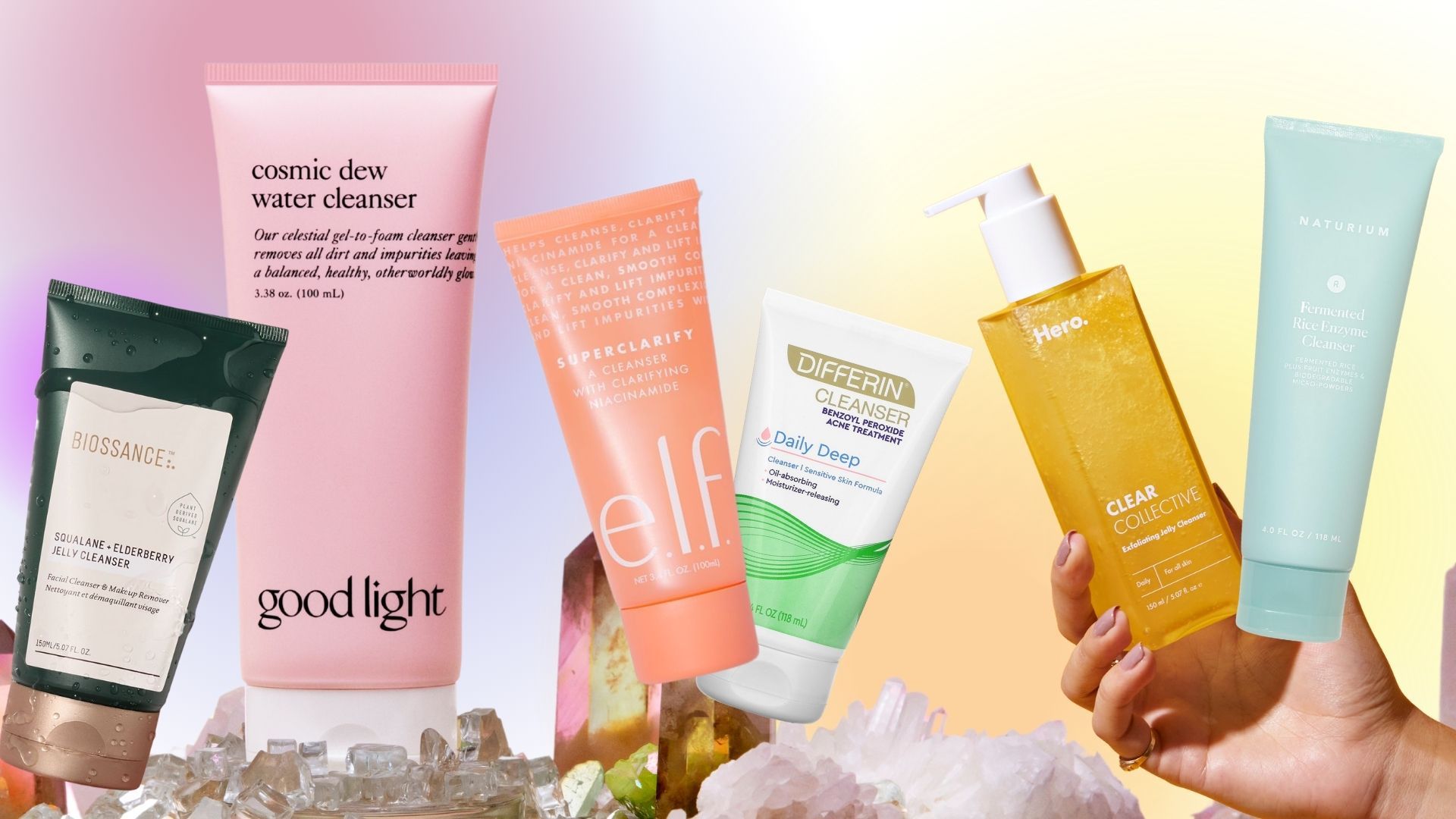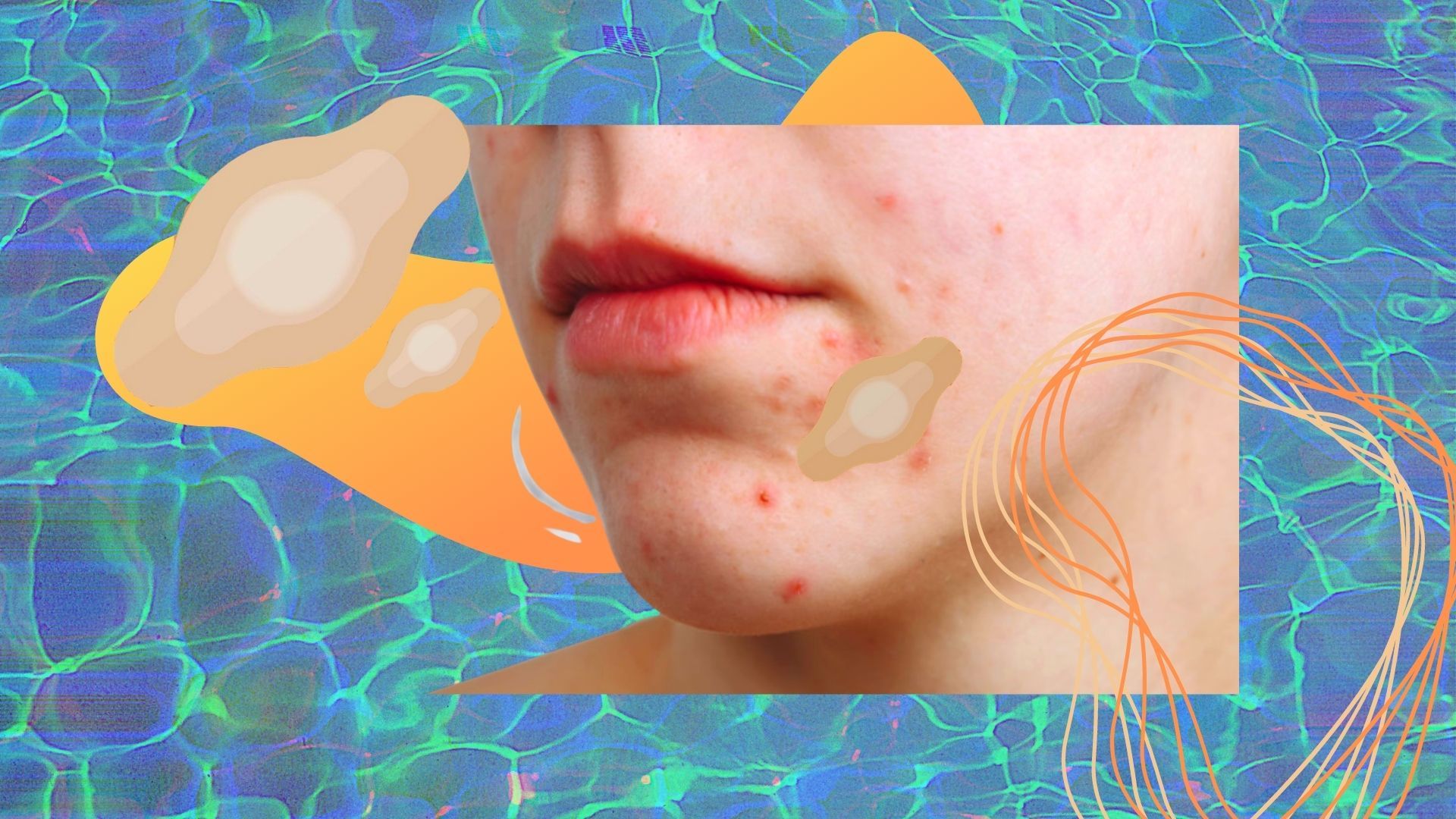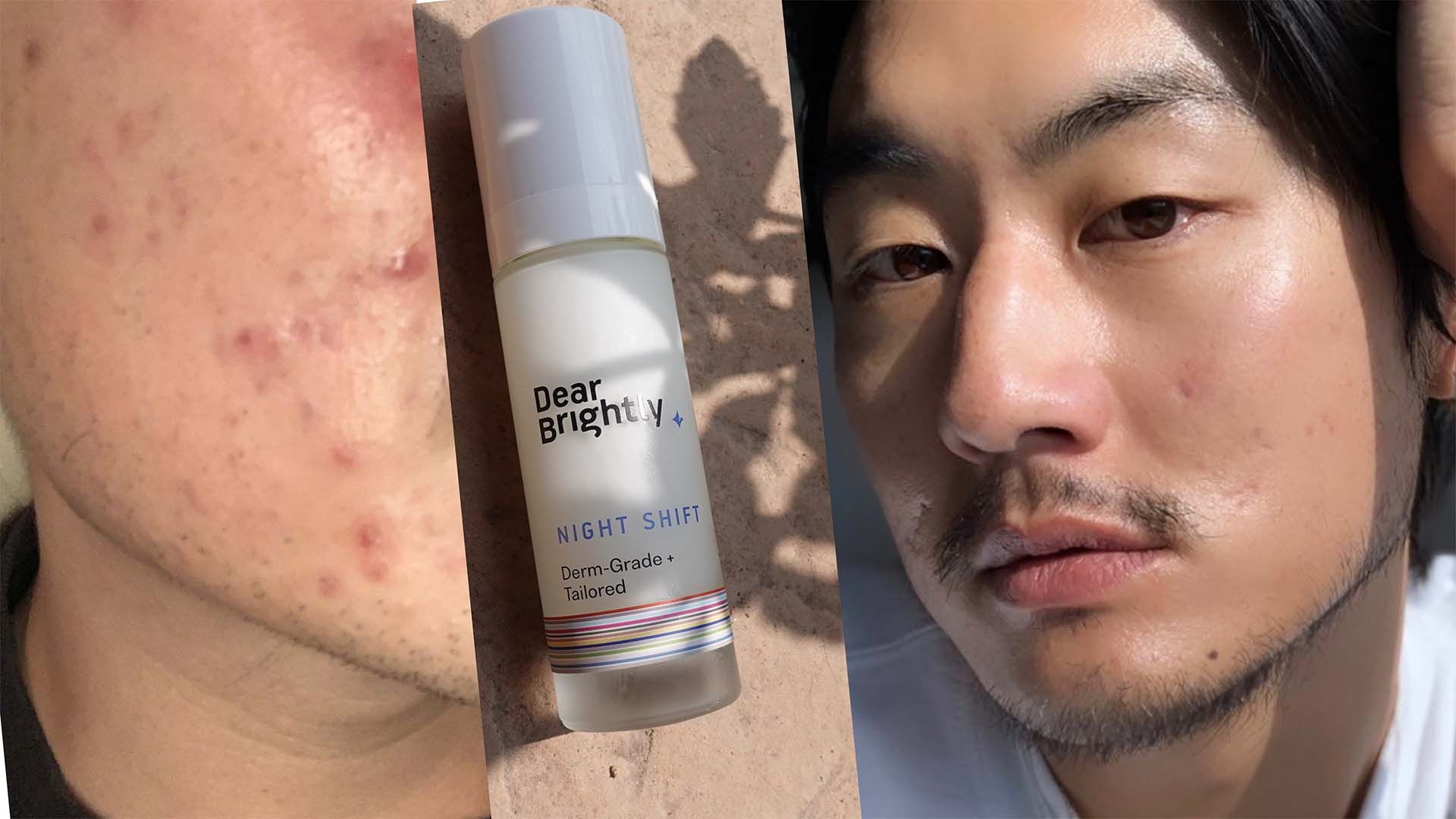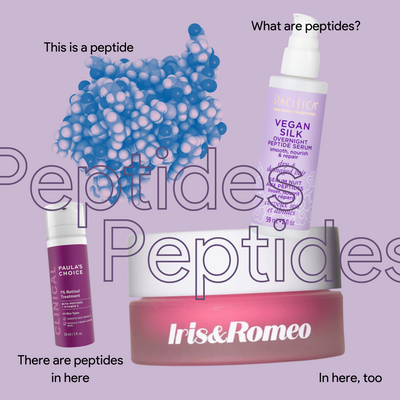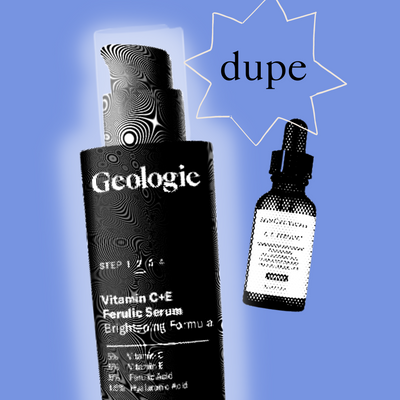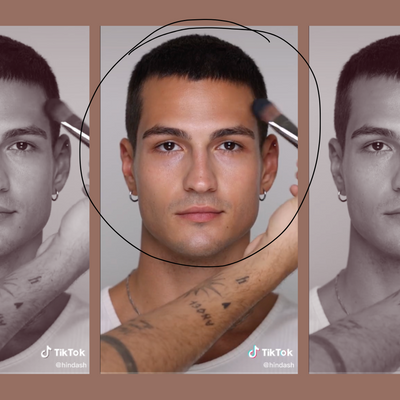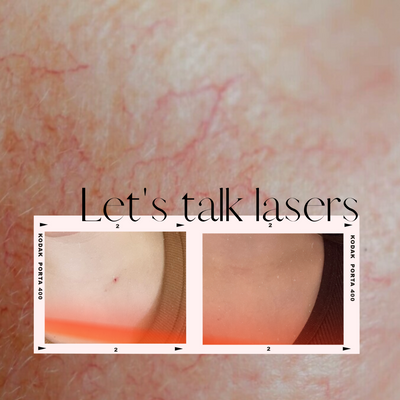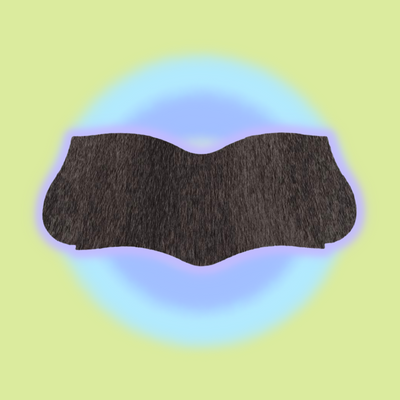What the f*** do these ingredients on the back of my skincare mean?
If you’re a part of the ever-growing skincare community, you’ll come across active ingredients, acids, and vitamins (oh my!) that you can barely pronounce, let alone understand.
When it comes to what you’re putting on your skin, knowledge is power. Today, I’m here to empower you with a new series dedicated to demystifying active ingredients. Here’s the 411 on the ingredients that are too hard to pronounce but simple to understand.
Let’s start at the top: alpha hydroxy acids, otherwise known as AHAs.
AHAs are found in some of the beauty world’s cult-favorite products, such as Glossier’s Solution or The Ordinary’s 30% AHA Exfoliating Peeling Solution. Typically, AHAs are known to work as an exfoliant, removing the layer of dead skin that may be lingering on your skin.
What types of acids fall under the AHA umbrella?
A type of AHA that you might be familiar with is glycolic acid, which derives from sugars, and citric acid, which derives from citrus fruit.
Let's ask an expert.
Please put on your safety goggles and direct your attention to Dr. Y. Claire Chang, a dermatologist based out of New York City, as she explains to us exactly how AHAs go about shedding that skin. “Alpha Hydroxy Acids are a group of organic water-soluble acids that include glycolic acid, lactic acid, malic acid, tartaric acid, and citric acid. AHAs work by loosening the bonds between the skin cells to exfoliate the skin.”
So, what exactly can we target with AHAs? Dr. Chang is here to save us all from misuse and to guide us to skin that looks so good, your friends will think you’re using the Paris Instagram filter 24/7. “AHAs can be used to improve acne, acne blemishing, pigmentation (including brown spots, melasma), and uneven skin texture. AHAs have also been shown to help improve photoaging by evening pigmentation and stimulating collagen production.”
Anything to steer clear of?
So, what should we be wary of when it comes to alpha hydroxy acids? Traditionally, Dr. Chang shares that they’re used in chemical peels as well as cosmetic skincare products, so it’s best to treat products (such as masks) with caution. Best results will come from using a few times a week, allowing that cycle of skin cell regrowth to occur.
And, always remember your SPF, particularly when using products that remove that surface-level barrier that’s been building up.
Interested in trying out an AHA for yourself? Get yours in two days-ish.
Paula's Choice 8% AHA Gel Exfoliant
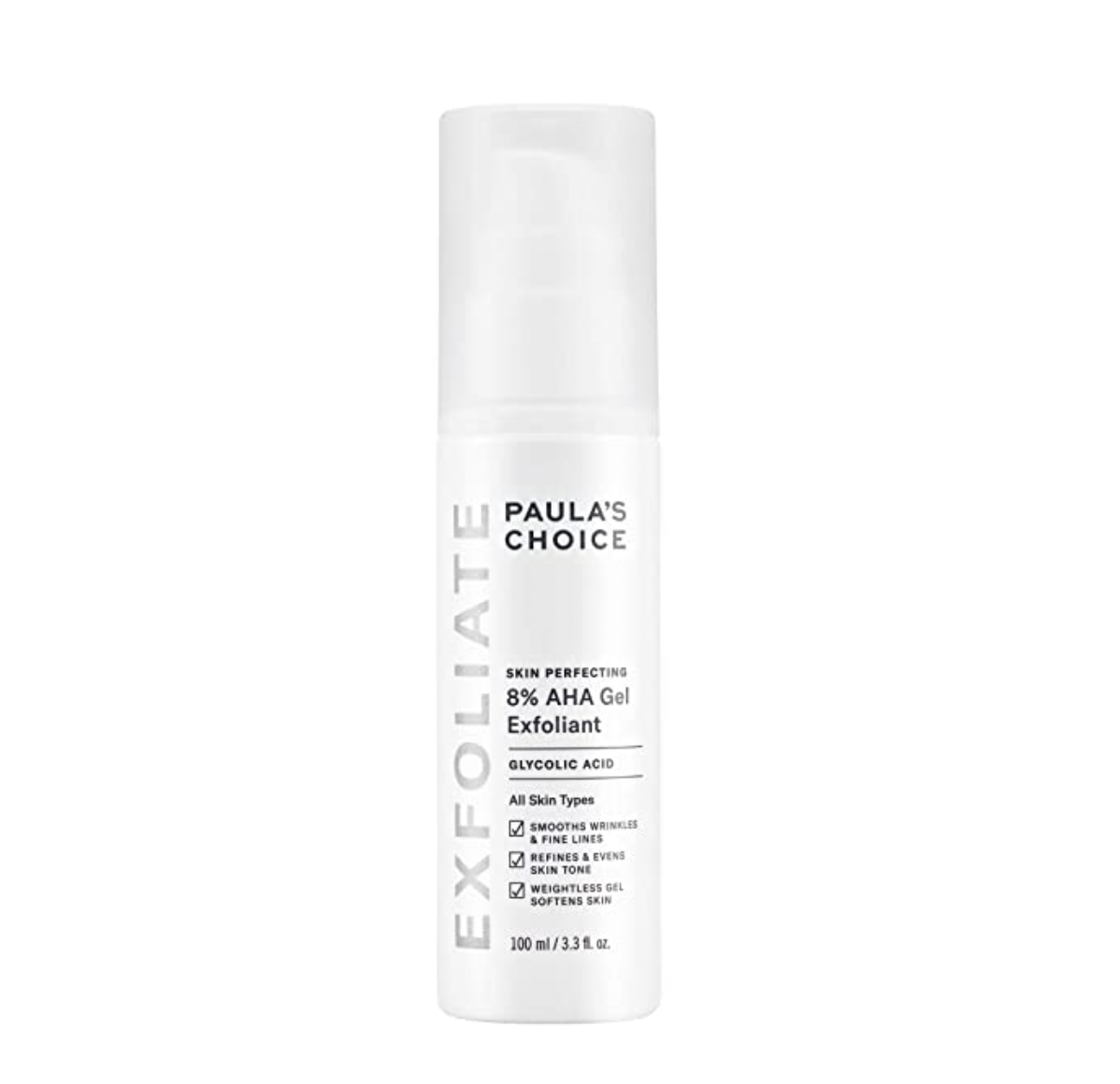
The Ordinary 30% AHA + 2% BHA Peeling Solution
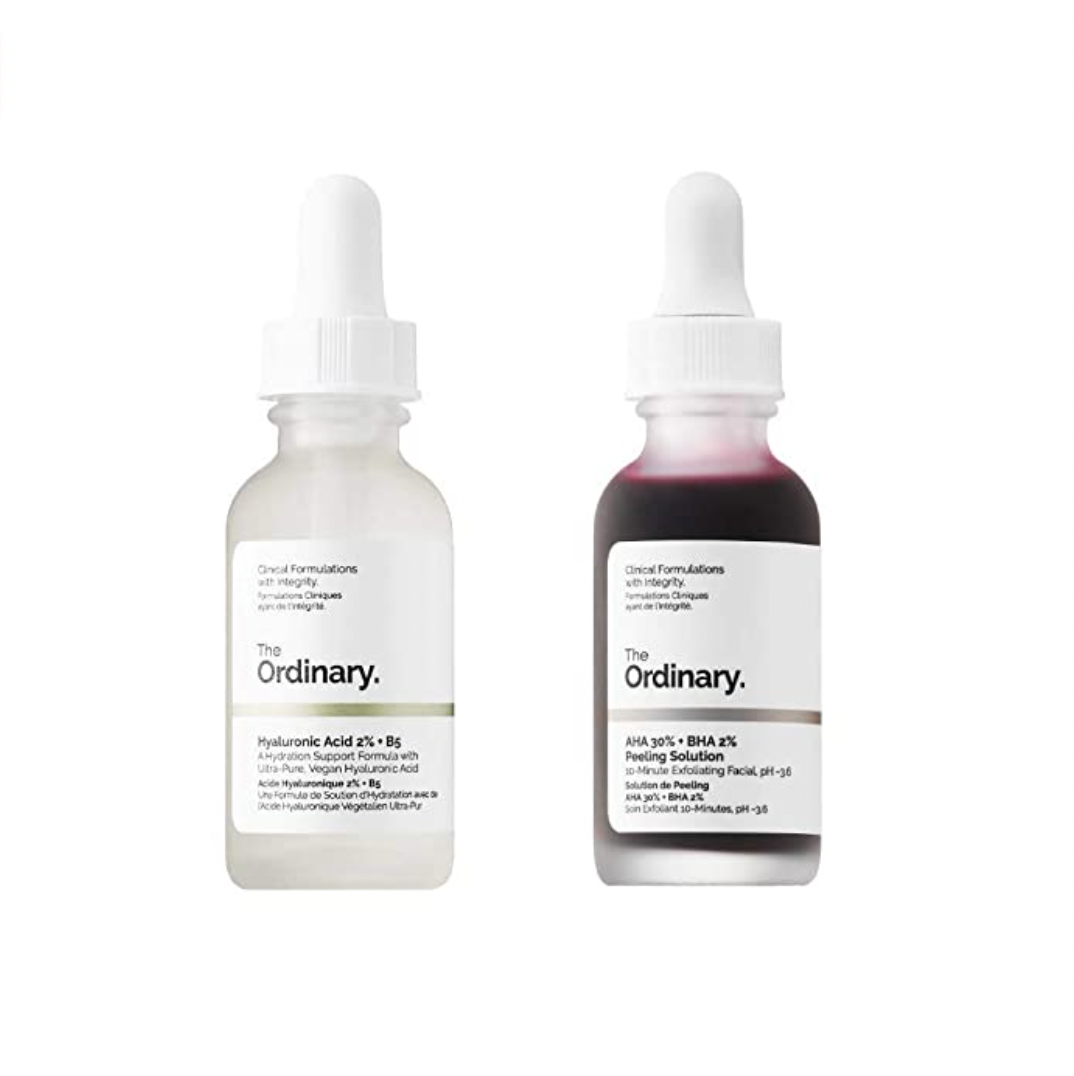
Mario Badescu's Glycolic Acid Toner
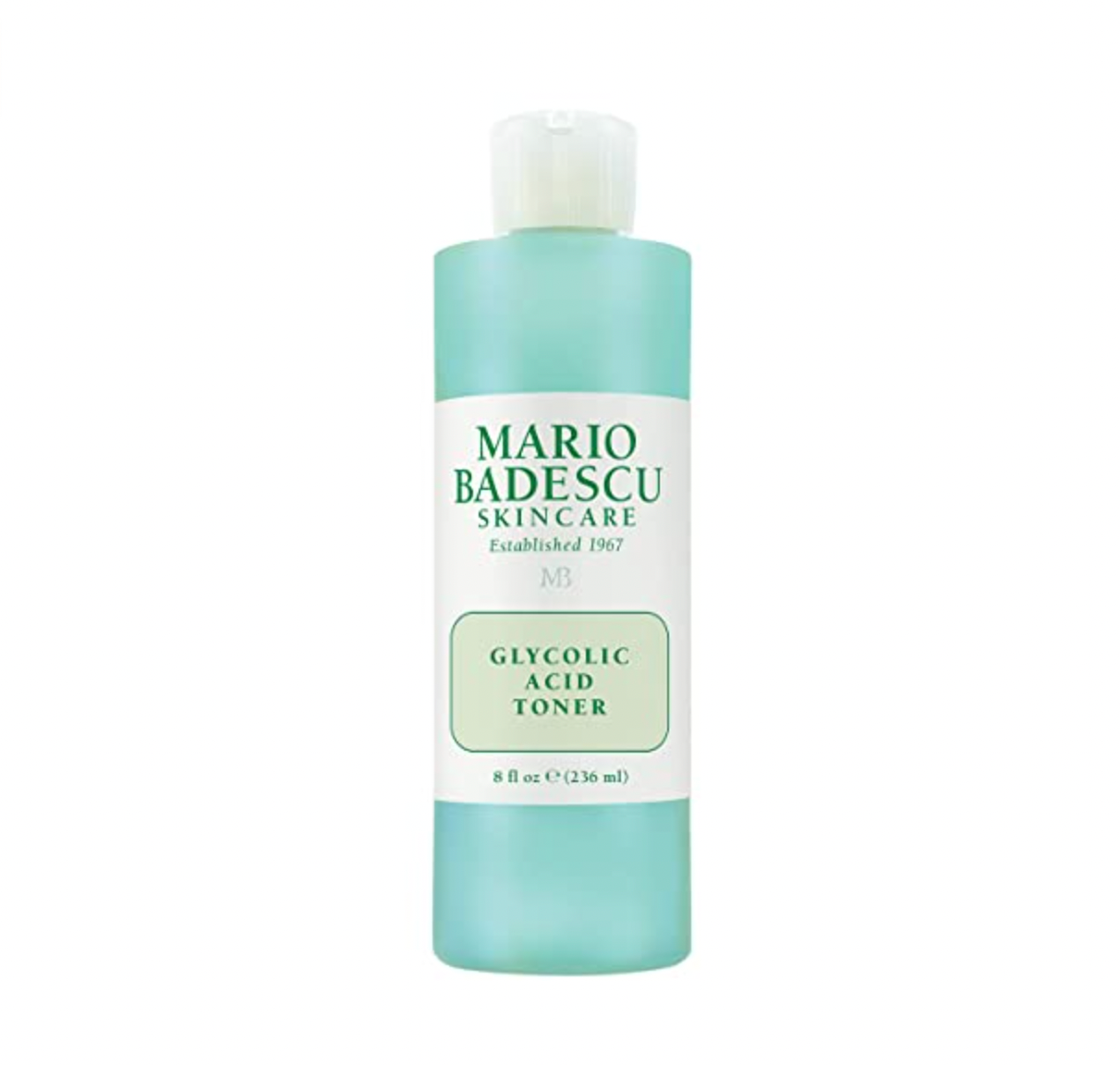
Each week, we'll be giving you the 4-11 on ingredients that seem more complex than weekly Euphoria plot lines, but truly are easier than your seventh grade science homework. Stay tuned for next time, when we discuss AHA's little sister, BHA.
READ MORE LIKE THIS
